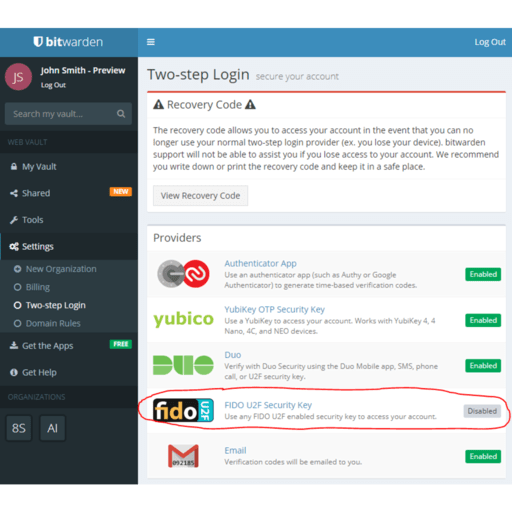

That gives you something non-physical (the password) and something physical (the smartphone). Most of the time, 2FA systems combine something you know with one of the other two factors. Something you are, like your fingerprint.Something you have, like your smartphone.2FA blocks access to an account unless you can produce two out of three of the following factors (pieces of evidence): This is where two-factor authentication (2FA) comes into play.Īs the name implies, two-factor authentication means you can’t sign into your account with just a password. While we can’t force big companies to stop being careless with the personal data they extract from us, we can improve security on our end. It is clear that things need to change and we all need to up our security game. Ransomware attacks are aimed at everyone from individual users to large corporations and even cities.Phishing attacks that try to trick you into giving some creep access to your data remain a major threat.

Breaches of corporate databases containing our personal information keep increasing (see the Compilation of Many Breaches COMB).Many people are victimized but don’t even know if for months due to slow or non-existent reporting by corporations and other organizations. We all know people who have had their data stolen from one account or another. But first, let us set the stage for this discussion. In this guide we’re going to introduce you to two-factor authentication (2FA), and show you how to set it up for many of the most popular online services.


 0 kommentar(er)
0 kommentar(er)
